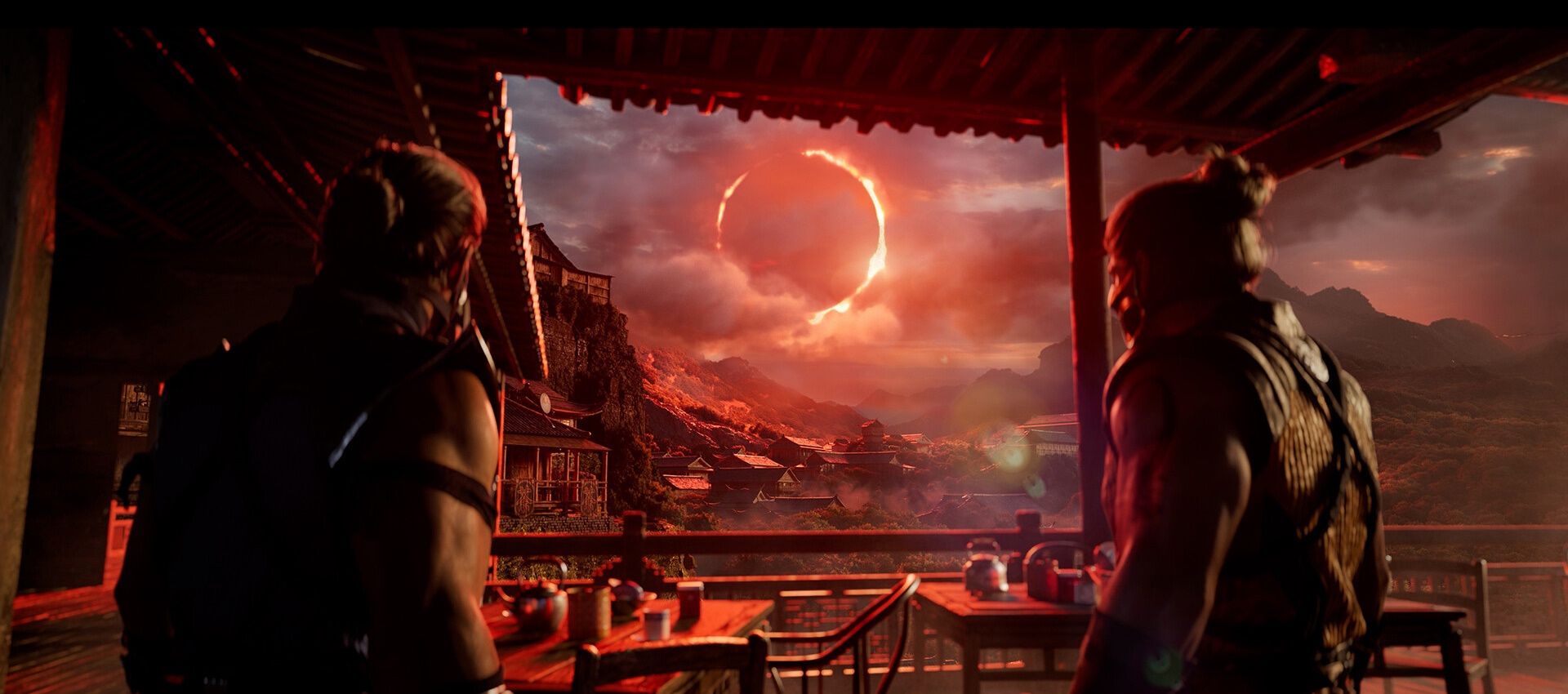Technology is supposed to improve with each new generation, though purists will often hold onto what came before. In music, we have moved from vinyl to tape to CD to MP3 to streaming, and while some cling to the magic crackle of vinyl, few today will tell you that CDs are the best way to listen to music. Film too has its different film stock and cameras, right up to our modern day 4K IMAX 3D.
In video games, these improvements are the most complicated, because games are the most technical art form. There are innovations in graphics, in genre, in hard drives, in memory, in performance, in player-interactions, in movement and gyro, the list is endless. Each improvement to gaming has meant getting bigger, bigger, bigger. Right now though, we're at breaking point.
Games are so huge some of them no longer fit on the discs built to contain them, with physical copies either containing a code, or a disc that only has a key which initiates a download, rather than the game itself. Even if they do have the game on them, there are constant updates that means putting the disc into the console (if it even has a disc drive, which is fast becoming extinct) leads to long waiting times while everything installs. We have slowly gotten used to this but frankly, games have gone too far. Mortal Kombat 1 is going to be 100GB, and that's after Star Wars Jedi: Survivor arrived pushing 150GB on both console and PC.
Gaming has evolved beyond limitations. In the old days, they were limited by the console. Now they are only limited by the consumer. The original Crash Bandicoot is a work of magic - a game with many moving parts that allows you to disappear into the screen by Crash running forward, rather than scrolling across a two-dimensional background, shouldn't have been able to exist on the PS1. It manages to exist because of extremely clever tricks that make perfect use of the PS1's limited memory, never wasting an iota of graphic load, which chop the levels up into 64KB files that only loaded precisely when needed, rather than a whole bulky level. But necessity is the mother of invention. Crash Bandicoot's character model has 512 polygons, whereas Nathan Drake in Uncharted 4 (from the same studio almost two decades later) has 90,000. Obviously Drake is the more technically impressive model, but when you can do all that, there is no necessity, and thus no invention.
Star Wars Jedi: Survivor is a great looking game too, very technically impressive (apart from all those bugs). We're trained as players to overlook bugs because games tend to launch broken and be fixed later, and we're also trained to overlook huge file sizes because we have convinced ourselves it's the only way forward. But there's just no need for Star Wars to be this big. It looks fine, but lacks the lustre of Ghost of Tsushima, which had a similar runtime and was a third of the file size. As games get bigger and try to push all of the various innovations gaming has brought, they will eat up more of our hard-earned memory.
Seasoned gamers need to have an external hard drive, which is an added expense to the already expensive consoles and $70 games, and that's before you get into another controller or VR and other peripherals. Either that or we constantly delete and reinstall games, which can take several hours with a bad connection, all because games are too big. In the same way no one will tell you CDs are the primo way to listen to your tunes, few are craving for games to go back to the 512 polygonal wizardry of Crash Bandicoot. Photorealistic, expansive games are here to stay. But the next innovations need to look inwards.
We are returning to a point of necessity, and that means it's time for invention. Star Wars Jedi: Survivor is 150GB because that's how big it needs to be. Same story with MK1 - it needs to be 100GB. Nothing is in there that doesn't 'need' to be. But just because it needs to be there doesn't mean it needs to be so big. Plenty of assets are badly optimised or uncompressed, meaning it exists in a highly efficient state. If they needed to be smaller, they could be. But right now, they don’t need to be. No necessity, no invention.
I don't pretend to know about game development to these levels, but those who do know better need to switch from bigger, bigger, bigger to smaller, smaller, smaller. A low file size doesn't shift copies like fancy new features, so it's not a priority, but pretty soon we won't have space for more than two games installed at once. Something needs to change.



